Sri Ramakrishna
Sri Ramakrishna was born on 18 February 1836 in the village of Kamarpukur, about sixty miles northwest of Kolkata. His parents, Kshudiram Chattopadhyaya and Chandramani Devi, were poor but very pious and virtuous. The villagers dearly loved the young Gadadhar (the childhood name of Ramakrishna). From childhood, he did not feel inclined toward formal education and worldly affairs. However, he was a talented boy and could sing and paint well. He had a religious temperament and, along with his playmates, used to enact plays on Gods and Goddesses. He was fond of serving holy men and listening to their discourses. He was often absorbed in spiritual moods. At age six, he experienced his first ecstasy while watching a flight of white cranes against the background of black clouds. This tendency to experience ecstasies intensified with age. His father's death when he was seven years old deepened his introspection and increased his detachment from the world.
Priest at Dakshineshwar
When Sri Ramakrishna was sixteen, his brother Ramkumar took him to Kolkata to assist him in his priestly profession. In 1855, the Kali Temple at Dakshineswar, built by Rani Rasmani, was consecrated, and Ramkumar became the chief priest in that temple. When Ramkumar died a few months later, Ramakrishna was appointed the priest. Over time, Ramakrishna developed a deep devotion and an intense longing to have the vision of Mother Kali. In the evening, he would wail, "One more day has gone and still, I have not had your vision". He spent hours adoring her image, even forgetting the rituals of his priestly duties. He ate sparingly and slept little. His intense yearning culminated in an ecstatic vision of Mother Kali as a boundless divine effulgence which engulfed everything around him.
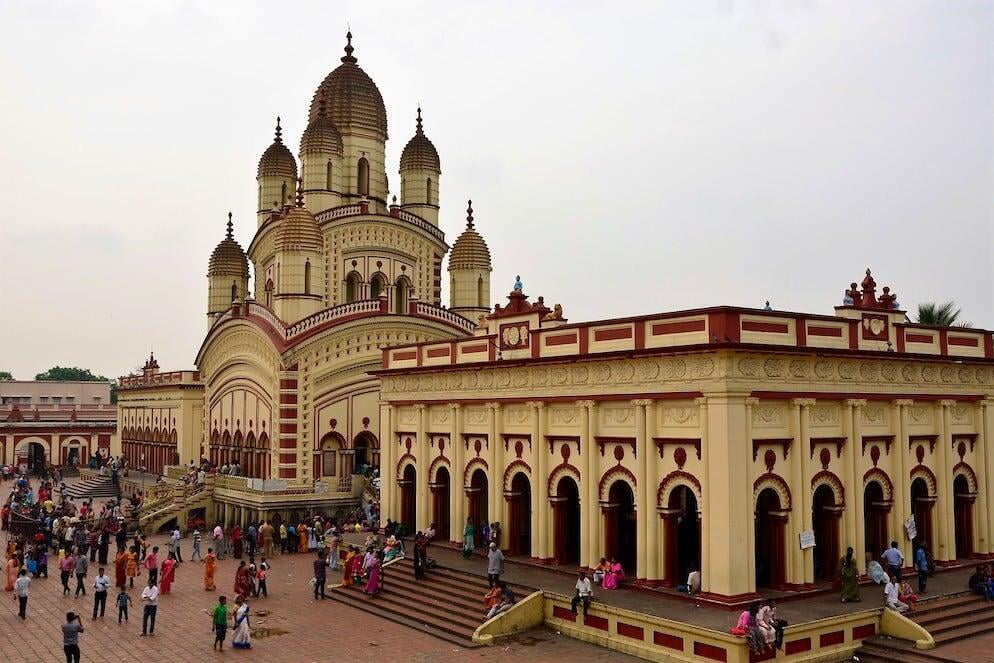
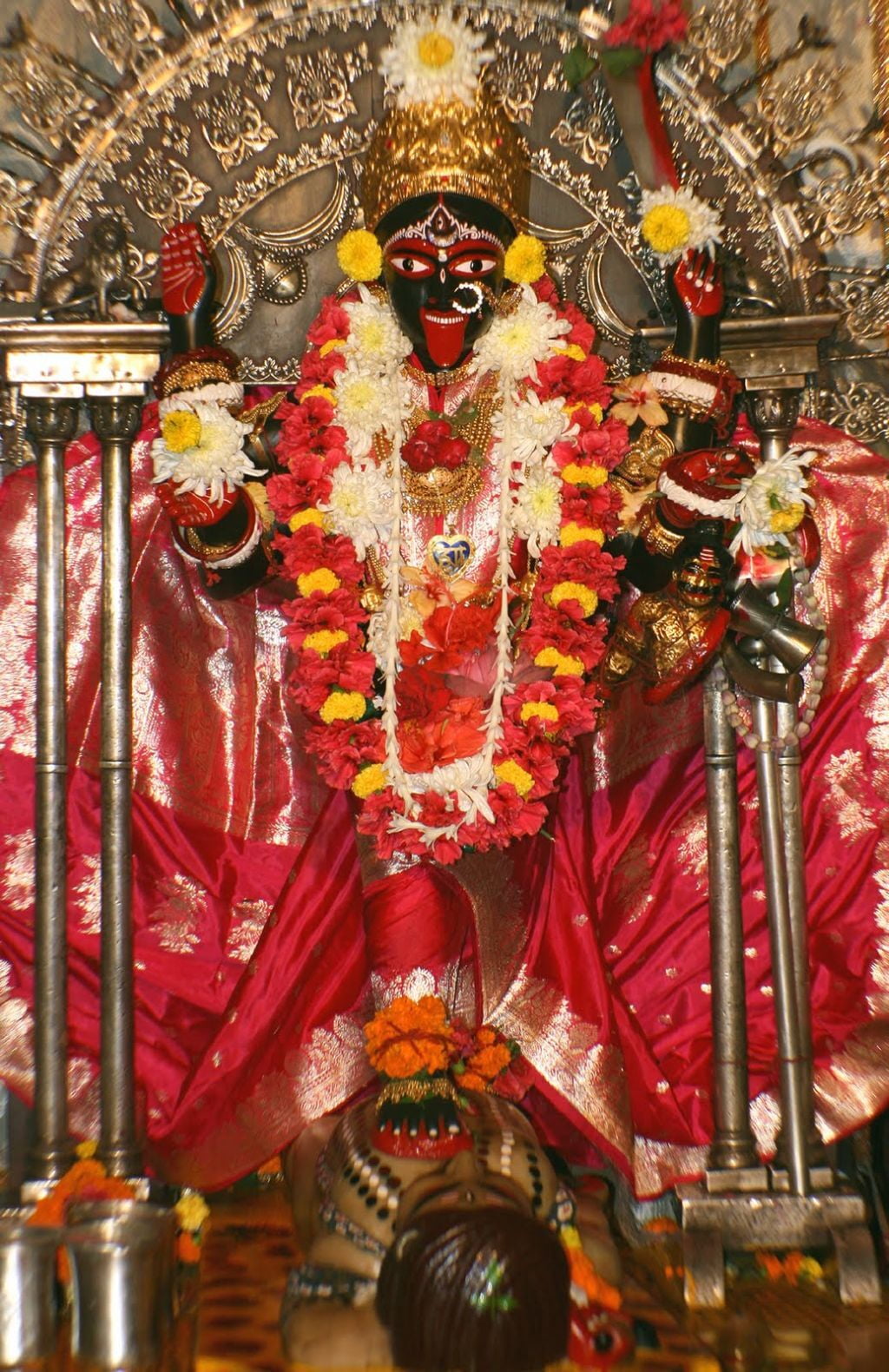
Intense Spiritual Practices (Sadhana): Key Hindu Practices
The God-intoxicated state of Sri Ramakrishna alarmed his relatives in Kamarpukur, and they thought that marriage would force him to consider worldly matters seriously. He married Sarada, a girl from the neighbouring village of Jayrambati. Unaffected by the marriage, Sri Ramakrishna plunged into even more intense spiritual practices. Impelled by a strong inner urge to experience the different aspects of God, he followed, with the help of a series of Gurus, the various paths described in the Hindu scriptures and realized God through each of them.
Tantrika Sadhana
The first teacher to appear at Dakshineshwar (in 1861) was Bhairavi Brahmani, a remarkable woman who was an advanced spiritual adept and well versed in scriptures. With her help, Sri Ramakrishna practised various esoteric disciplines of the Tantrika path and succeeded in all of them. The many fiery ordeals through which he passed during this period enabled him to become firmly established on the highest level of spirituality. The most remarkable feature of Sri Ramakrishna’s Tantrika Sadhana was that he attained perfection in every course in an incredibly short time, three days being sufficient. Not only was Sri Ramakrishna’s perfection in this Sadhana unique and unprecedented he also restored the purity of the ancient Tantrika practices.
Vaishnava Sadhana (Dasya-Bhava)
Sri Ramakrishna did not rest satisfied with having only the vision of the divine Mother. His mind was naturally attracted toward Raghuvir, his family Deity. Knowing that with the help of devotion it was possible to have, like Mahavir, the vision of Ramachandra, he engaged himself in Sadhana, assuming Mahavir’s attitude, to attain perfection in the Dasya-bhava.
Sri Ramakrishna said that thinking of Mahavir incessantly at that time, he became so much absorbed that he forgot altogether for some time his separate existence and individuality. “At that time,” said Sri Ramakrishna, “I had to walk, take my food and do all other actions like Mahavir. I did not do so of my own accord, but the actions so happened of themselves, I tied my cloth round my waist so that it might look like a tail and walked jumping; I ate nothing but fruits and roots, which again I did not feel inclined to eat when skinned. I spent much of my time on trees and always cried, ‘Raghuvir, Raghuvir’, with a deep voice. Both my eyes assumed a restless expression like those of the animals of that species, and it is marvellous that the lower end of the backbone lengthened at that time by nearly an inch.” When we heard the last mentioned fact, we asked, “Sir, does that part of your body continue to be so even now?” He said, “No, in course of time it assumed slowly its previous natural size when the mastery of that mood over the mind had ceased.”
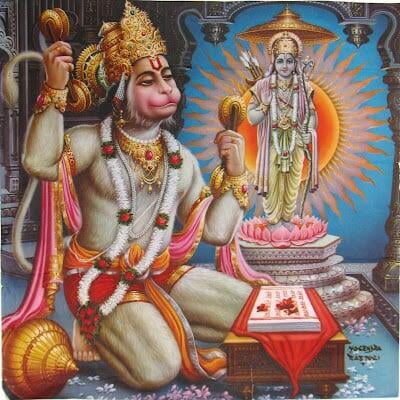
Vaishnava Sadhana (Vatsalya-Bhava)
It was probably about the year 1864 that one great Vaishnava devotee (Babaji), Jatadhari by name, came to Dakshineshwar. He was a wandering monk and a devotee of Sri Rama. Ramlala or the “Child Rama” was his favourite Deity. By long meditation and worship, Jatadhari had been blessed with a wonderful vision of the effulgent form of Ramlala, which then became a living presence to him. Jatadhari was engaged day and night in the service of the image and was in a state of constant bliss. Sri Ramakrishna could see the actions of Ramlala and used to spend the whole day with the Babaji to watch him. Over time Ramlala became more and more intimate with Sri Ramakrishna and followed him to his room. Sri Ramakrishna later remarked, “I saw Ramlala as vividly as I see you all—now dancing gracefully before me, now springing on my back, or insisting on being taken up in my arms. Sometimes I would hold him on my lap. He would not remain there but would run to the fields in the sun, pluck flowers from thorny bushes, or jump into the Ganga. All these things actually happened.”
One day Jatadhari came to Sri Ramakrishna and said, “Ramlala out of his infinite grace has revealed himself to me in the form I prefer, but he has told me that he will not go leaving you behind. I shall gladly leave him with you and go my way. It gladdens my heart to think that he is happy in your company.” With these words, Jatadhari left Ramlala with Sri Ramakrishna and bade adieu to Dakshineshwar.
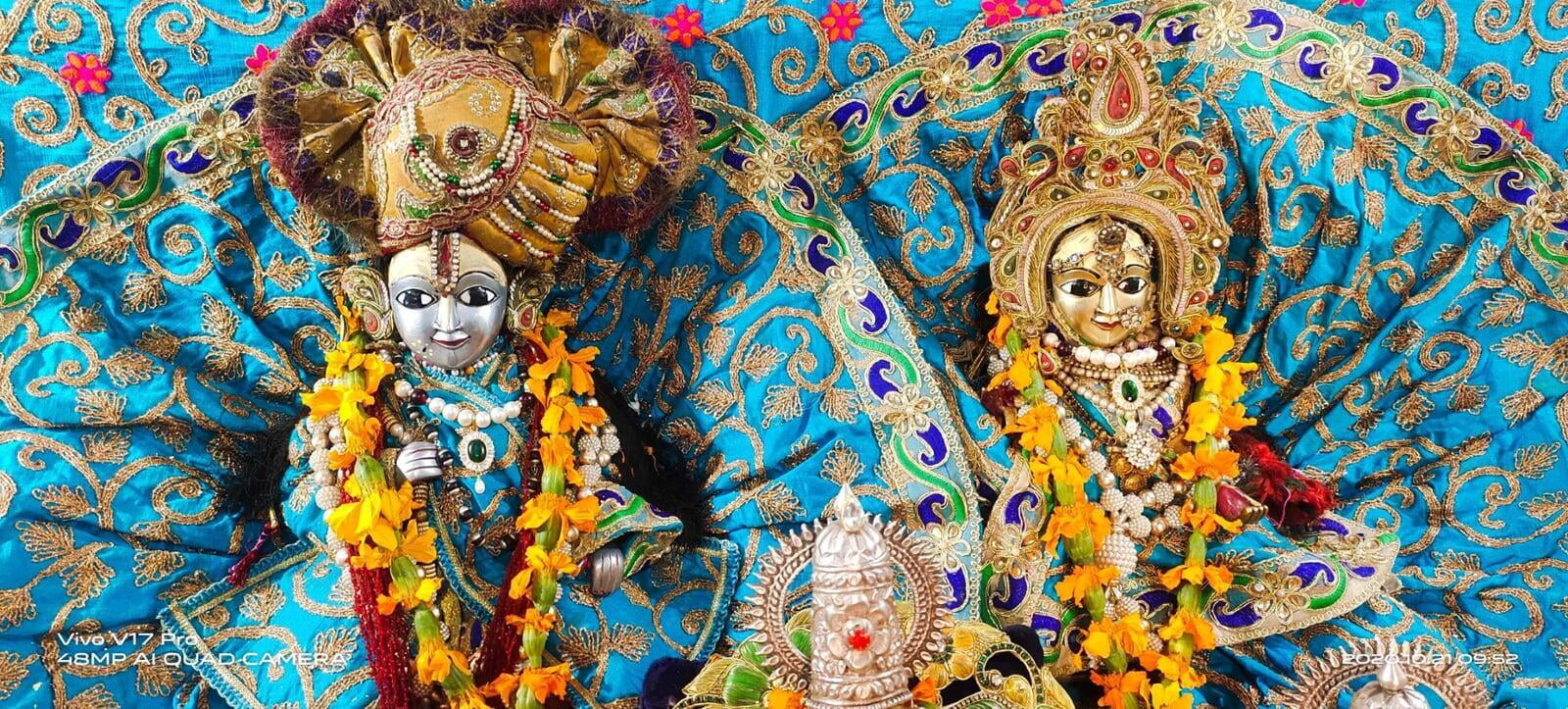
Vaishnava Sadhana (Madhura-Bhava)
After practicing Vatsalya-bhava, Sri Ramakrishna practiced Madhura-bhava, adopting the attitude of a hand-maid of God (as a Gopi of Vrindaban) for two years, ultimately attaining God-realization through this path as well.
Advaita Vedanta Sadhana
Towards the end of 1864, Totapuri, a wandering monk, visited Dakshineshwar. It is said that he practised Sadhana in a secluded forest on the banks of the sacred Narmada and attained the Nirvikalpa Samadhi after rigid discipline extending over forty years. A liberated soul, like a lion he roamed at will over the country. Under his guidance, Sri Ramakrishna was initiated into the sacred order of Sannyasa and attained Nirvikalpa Samadhi, the highest Advaitic experience mentioned in the Hindu scriptures. He remained in that state of non-dual experience for nearly six months without any external awareness. In this way, Sri Ramakrishna relived the entire range of spiritual experiences of more than three thousand years of Hindu religion.
Sadhana: Other Religions
Sufi Islam Sadhana
A unique episode in the life of Sri Ramakrishna is his adventure in the non-Hindu faiths of Islam and Christianity. In 1866 he received initiation into Sufi Islam and practised it with great zeal, and in three days, he realized the truth through this path.
Christianity Sadhana
Sometime in November 1874, Sri Ramakrishna was seized with an irresistible desire to learn about the Christian religion, and he began to listen to readings from the Bible. One day while visiting a devotee at Dakshineswar, his eyes became fixed on a painting of the Madonna and Child, and he became overwhelmed with divine emotion. The figures in the picture came alive, and the rays of light emanating from them entered his soul. For the next three days, he was absorbed in these ideas. At the end of this period, he had a vision of a God-man of remarkable beauty who looked at him steadily and very soon approached him. He recognized him as Jesus Christ. Even as Jesus Christ embraced him and disappeared in his body, Sri Ramakrishna entered into Samadhi.
Sri Ramakrishna looked upon Jesus and Buddha as incarnations of God and venerated the ten Sikh Gurus.
Last Days
The intensity of his spiritual life and untiring spiritual ministration to the endless stream of seekers told on his health. He developed throat cancer in 1885. His disciples moved him to a spacious suburban villa and nursed him day and night. He instilled in them intense spiritual yearning and abiding love for one another and thus laid the foundation of the future monastic brotherhood known as the Ramakrishna Math. In the early hours of 16 August 1886, Sri Ramakrishna gave up his physical body, uttering the name of the Divine Mother, and passed into Eternity.
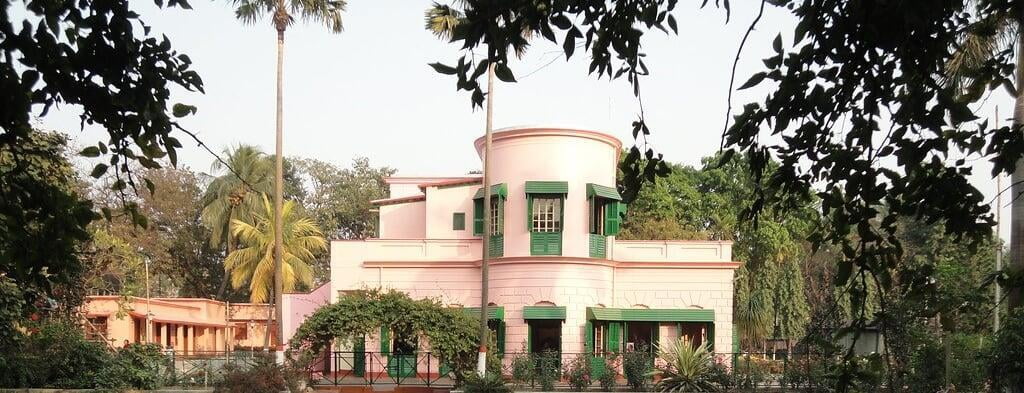
Important Teachings of Sri Ramakrishna
- He is born in vain who, attaining this rare human birth, does not attempt to realize God in this very life.
- God can be realized through different paths taught in world religions.
- All religions are true insofar as they lead to the realization of the Ultimate Truth.
- Man suffers so much simply for want of devotion to God. One should, therefore, adopt such means which help the thought of God to arise in mind at the last moment of life. The means is the practice of devotion to God.
- In God, there are both Vidya Maya and Avidya Maya. The Vidya Maya takes man towards God, whereas Avidya Maya leads him astray. Knowledge, devotion, dispassion, and compassion are expressions of Vidya Maya; only with their help can one reach God.
- When an unbaked pot breaks, the potter can use the mud to make a new pot; but when a baked pot breaks, he cannot make a new pot out of its shards. So when a person dies in a state of ignorance, he is born again; but when he becomes well baked in the fire of knowledge and dies a perfect man, he is not born again.
- God dwells in all people, and so everyone without distinction of caste, creed or race should be treated with respect and served with love.
Recommended for further reading
- The Gospel of Sri Ramakrishna, by Mahendranath Gupta (M)., translated by Swami Nikhilananda
- Sri Ramakrishna: The Great Master, by Swami Saradananda, translated by Swami Jagadananda
- Ramakrishna and His disciples, by Christopher Isherwood


